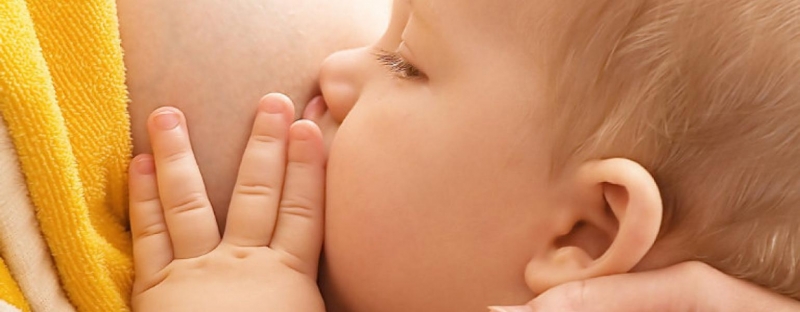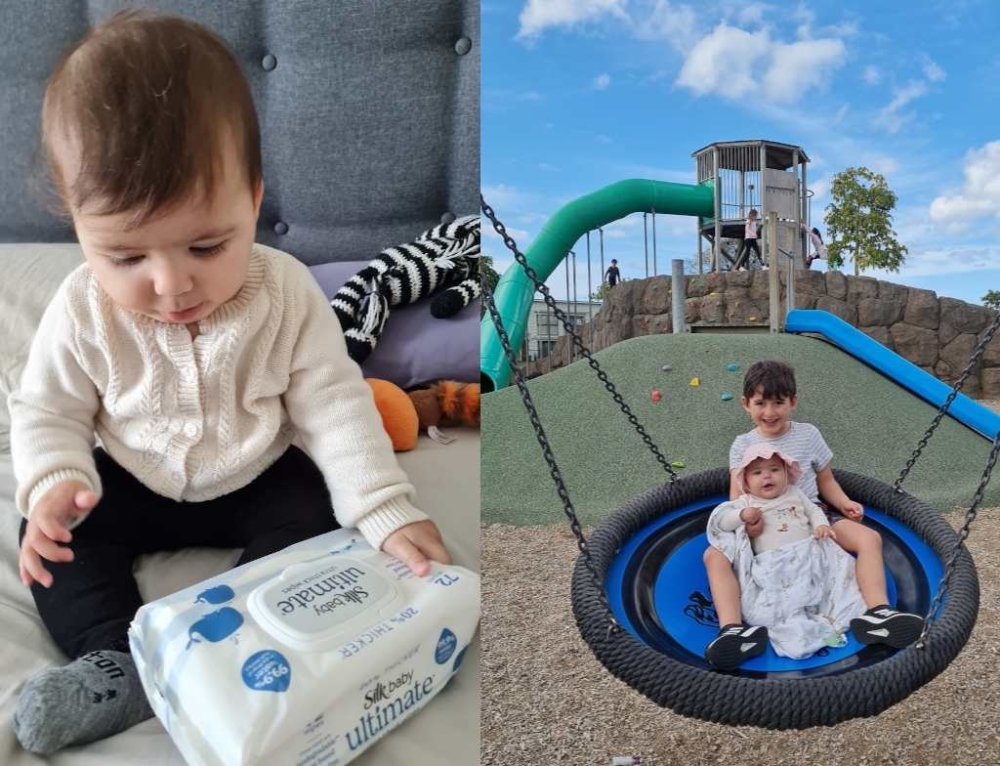The key to successful breastfeeding is attachment – get this right and the rest should follow. Attachment, or latching on, to the breast is something that is best learnt by being shown, but considering that many first-time mothers have barely handled a newborn before the moment when they are handed their own, this passing-on of information tends to only happen at the very moment when we need it most.
How to attach your baby to the breast:
Try putting your baby to your breast straight after birth – his natural sucking reflex may do all the hard work for you.
Before you begin to breastfeed, make sure that you have everything you may need – a glass of water, nursing pads, a cloth for mopping up spills, extra pillows – close at hand and that you’re dressed as you need to be.
Get yourself into a comfortable sitting or lying position where your back is properly supported.
While you’re learning, make sure that you’re not restricted by your clothing. Consider removing your bra and even your shirt if it helps you to see what you’re doing.
Make sure that your baby is alert and hold him close to your body with his head and shoulders running along the length of your forearm. In this position his head and neck are supported by your forearm and his bottom and legs are being held in your hand.
Turn his body slightly towards you so that his chest is facing your chest and his mouth is at the same level as your breast. Tuck his lower arm around your waist so that his body can lie directly across yours.
With your free hand, hold your breast and gently move the nipple across your baby’s mouth – this should cause him to turn his head and open his mouth wide.
With his mouth open, his tongue will come forward. Bring him to the breast and make sure that as he takes the nipple, it is pointing upwards to the roof of his mouth. For successful attachment, his lower jaw or chin should be touching your breast and he should have a large part of your areola in his mouth – he should not look like he’s giving your breast a kiss!
As his mouth closes over the breast, he should take in a large portion of the areola.
TIP!
If you’re concerned that you can’t maintain correct attachment because of engorgement, try expressing a little milk from around the areola before you begin to soften the area of attachment.
You know that your baby is properly attached if:
- His chin touches your breast and nose is clear for breathing.
- His lips are curled out, not sucked in.
- His tongue is pushed forward and is over the lower gum.
- A lot of your areola is in his mouth.
- You are not experiencing any serious pain in the nipple – although you may feel some tingling as your milk lets down.
- Your baby moves his whole jaw when he sucks – he shouldn’t just be moving his lips.
- He doesn’t fall off the breast.
- He doesn’t keep breaking the seal between his mouth and your breast, which results in him sucking in air.
TIP!
If you think that your attachment is incorrect or you are experiencing pain while breastfeeding, break the seal by slipping a clean finger into the corner of your baby’s mouth and try again. Often adjusting your baby’s position, in relation to your body, helps fix the problem.
Find more
- Breastfeeding and your diet
- Breastfeeding and contraception
- Breastfeeding videos
- Medications while breastfeeding
- Breastfeeding and drinking
REMEMBER!
The best position for good attachment is chest to chest and chin to breast.
Commonsense advice. Share your experiences, tips and advice on this page
This article was written by Ella Walsh







Leave A Comment
You must be logged in to post a comment.